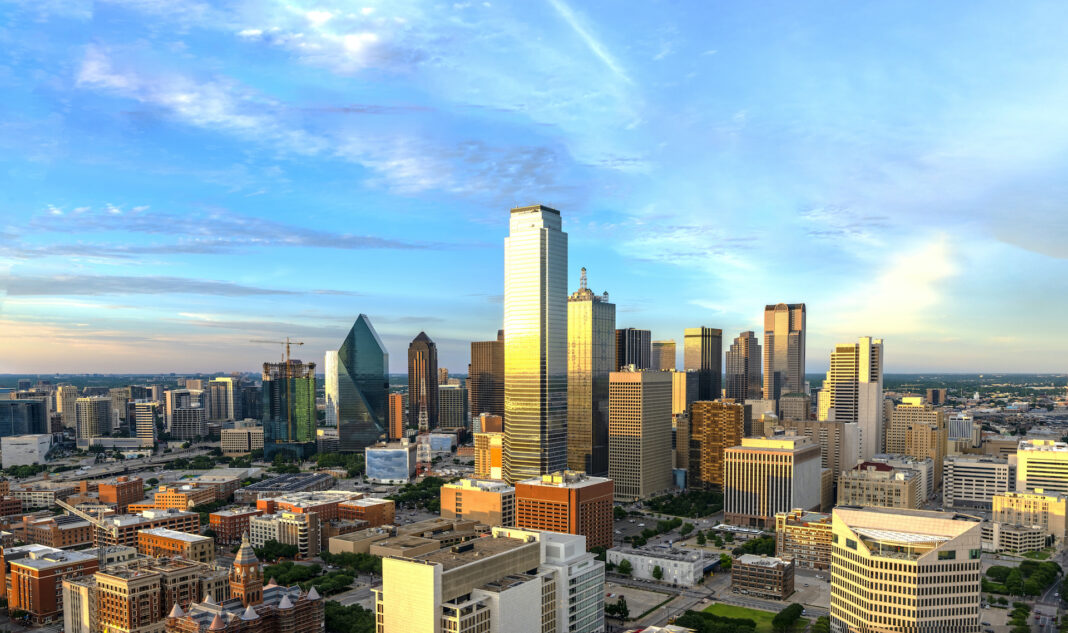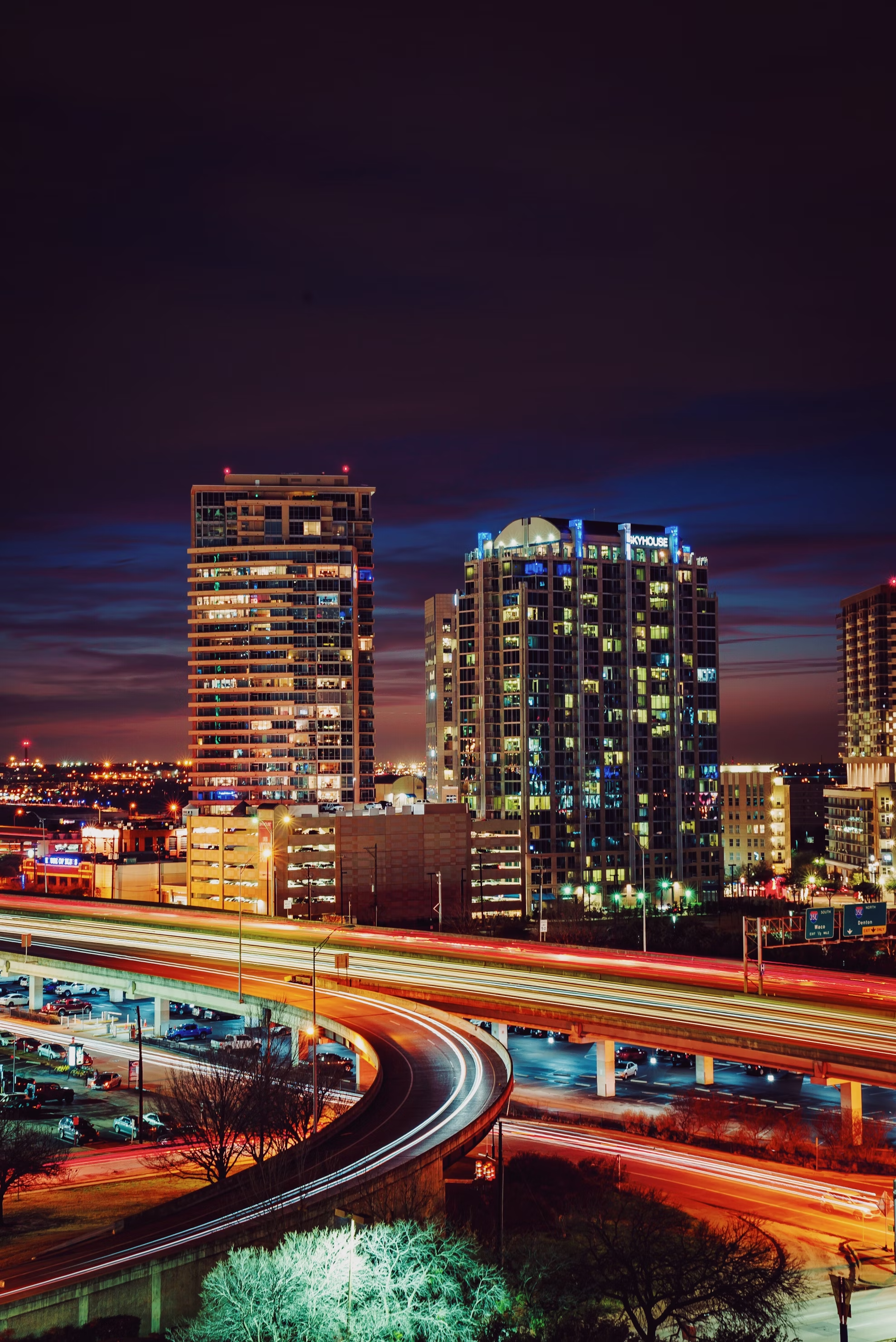
When you’re considering a move to Dallas, it’s helpful to know what to expect when it comes to the cost of living.
Dallas is a thriving city in Texas that is part of the Dallas-Fort Worth Metropolitan Area. The city has more than 1.3 million residents spread across its many neighborhoods and urban living areas, along with a number of fascinating attractions and a rich history.
It’s a great option for anyone looking to make the move to the Lone Star state. Here are a few cost of living factors you’ll want to keep in mind.
spread across its many neighborhoods and urban living areas, along with a number of fascinating attractions and a rich history. If you’re considering a move to this major Texas city, it’s helpful to know what to expect when it comes to the cost of living in Dallas.
If you’re not sure whether you can afford to live in Dallas, there are a few factors you should consider:
- Housing costs
- Neighborhoods
- Transportation costs
- Utilities
- Food costs
- Taxes
- Other Expenses
- Income and job market
- Entertainment
Housing costs in Dallas
Housing is a significant factor in the Dallas living cost, and the city’s average housing expenses come in at about 5% above the national average. Residents can expect to pay an average of $1,210 per month for a one-bedroom apartment, although the neighborhood you live in will impact your total cost. Rental prices are quite affordable, especially when compared to other major cities, like New York City, Chicago, or Los Angeles.
Neighborhoods
Some of the more expensive neighborhoods in Dallas include the Design District and Uptown. If you want to pay less, you can live farther from the main part of the city, in areas like Oak Lawn or Addison. The cost of living in the Dallas suburbs is also slightly lower, although these areas often have fewer properties available for rent, so supply and demand contribute to the pricing. A number of the rentals available in Dallas are in newer developments. Residents can enjoy nicer amenities, such as modern appliances, spacious floor plans, and efficient heating and cooling systems.
Transportation costs in Dallas
Since the city of Dallas includes more than 339 square miles of land, most residents rely on personal vehicles to get around. The city does have a public transportation system called Dallas Area Rapid Transit. This system was the first light rail system in the state and now includes light rail and bus lines that operate throughout the city. It has more than 72 miles of light rail lines and 35 miles of commuter rail lines, making it the seventh-busiest light rail system in the nation.
If you plan to rely on public transportation, a monthly pass is just under $100 per month, while a single one-way trip will cost $2.50. The average cost of auto insurance is higher in Dallas than the national average. According to autoinsurance.org, the average cost per year is $2,837, while NerdWallet reports a national average of $1,427 per year for a driver with good credit and a clean driving record. Gas prices in Dallas are slightly lower than the national average, so keeping your car fueled up won’t contribute too heavily to the Dallas, Texas, cost of living.
Utilities
According to data presented by PayScale, utility prices in Dallas are about 4% higher than the national average. The size of your space and how you use the utilities impact your cost, but the average energy bill is nearly $175 per month, while the average cell phone bill comes in at $186.40 per month. Salary.com reports that the cost of electricity in Dallas has increased by nearly 2% in the past year. If your apartment or home doesn’t include high-speed internet access as part of the rental cost, you can expect to pay about $76 per month to get access in your home or apartment.
Food costs
For a major city, Dallas offers affordable food and drink prices. A single resident might expect to spend about $290 per month on groceries, while a meal out at a casual eatery will cost around $13. The average prices for individual grocery items are in line with the national average, such as a gallon of milk for under $3 and a loaf of bread for just over $2.
If you dine out at an upscale eatery in the city’s downtown area, you can expect to pay about $20-$30, depending on what you order. Several places throughout the city offer affordable fare, including taco trucks and low-key restaurants.
Taxes in Dallas
Texas has a sales tax rate of 6.25%, with Dallas adding an additional 2% in city and county taxes to bring the tax rate to 8.25% on purchases. Dallas is an attractive place to live or retire, thanks to the lack of income tax. You can expect to pay 1.8% property tax on average, currently the seventh-highest property tax in the nation.
Other expenses
When looking for someone to keep your home clean, you can expect to pay an average of $21 per hour. If you want to join a fitness center, it will be about $40 a month, lower than the national average. Childcare is reasonably priced at $1,103 per month, and international primary school is priced at $12,644, which is slightly lower than you’d expect to pay in other large cities.
Income and job market
The median Dallas household income in 2019 was $52,580, compared to $62,843 for the rest of the United States. Dallas is a leader when it comes to job growth, with financial services, technology, and defense as the top industries. Dallas also has opportunities in aviation, aerospace, manufacturing, and gas and oil. Dallas’s future job growth is expected to be 45.1%, which is considerably higher than the 33.5% national average. Those looking to move to Dallas should be able to find a plethora of job opportunities.
Entertainment
You can find something to do just about every weekend in Dallas, thanks to the various festivals and gatherings held in the city regularly. The warm climate throughout much of the year also contributes to the outdoorsy nature of many of the residents, and quite a few of the streets feature bike lanes and pedestrian paths.
Sports are a big deal in Dallas, so if you want to root for the home team, you have several options. The Dallas Cowboys play in the NFL, while the Dallas Mavericks play in the NBA.
Average cost for tickets:
- Dallas Cowboys home game: $148 (although lower-priced tickets are available if you shop early)
- Mavericks game: $106
If you like museums and zoos, Dallas has plenty to offer.
- Dallas Museum of Art: General admission to the museum is free. Special exhibitions might require a fee for entry.
- Dallas Arboretum and Botanical Garden: Prices for regular admission (as of November 2021) range from $12.00 to $17.00
- Dallas Zoo: The average cost of admission for adults is $17.00, and kids are $14.00
- Frontiers of Flight Museum: Tickets for adults cost $10.00 each, for children 3-17 years of age $7.00, and for children under 3 years, entry is free.
You can certainly find low-cost and free activities to participate in if you’re trying to keep your Dallas cost of living under control. The hiking and biking paths at Cedar Ridge Preserve and White Rock Lake are open to the public and offer beautiful views of the surrounding scenery.
As you conduct your Dallas cost of living comparison, you can see that the areas that factor into the total cost of living are fairly consistent with the national average. If you’re moving from a small town or a relatively inexpensive area, learning to budget and plan for a higher cost of living can help you avoid financial struggles. If you’re moving to Dallas from another big city, you may be pleasantly surprised to learn that you can afford to live comfortably, even in a thriving metropolitan area.
Check out apartments and houses for rent in Dallas and find your next home.



